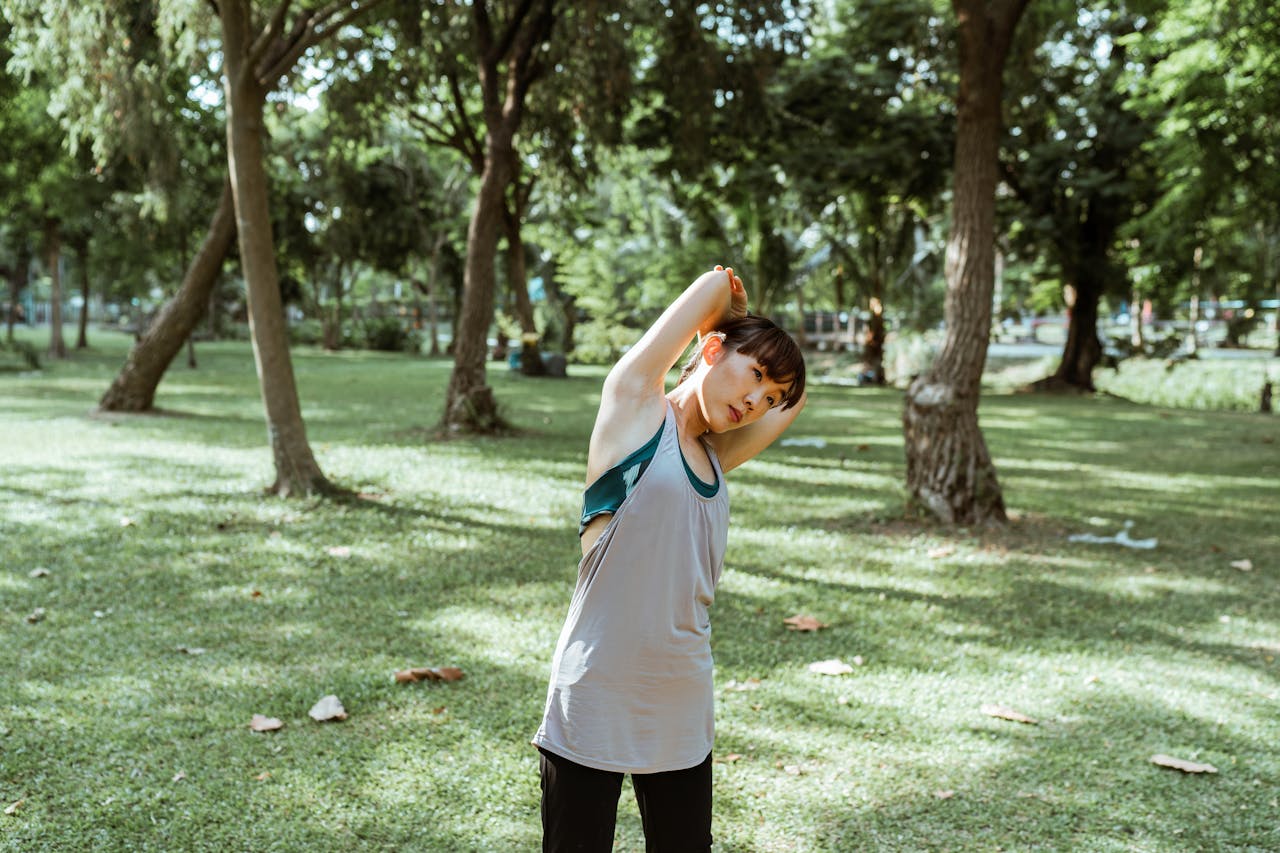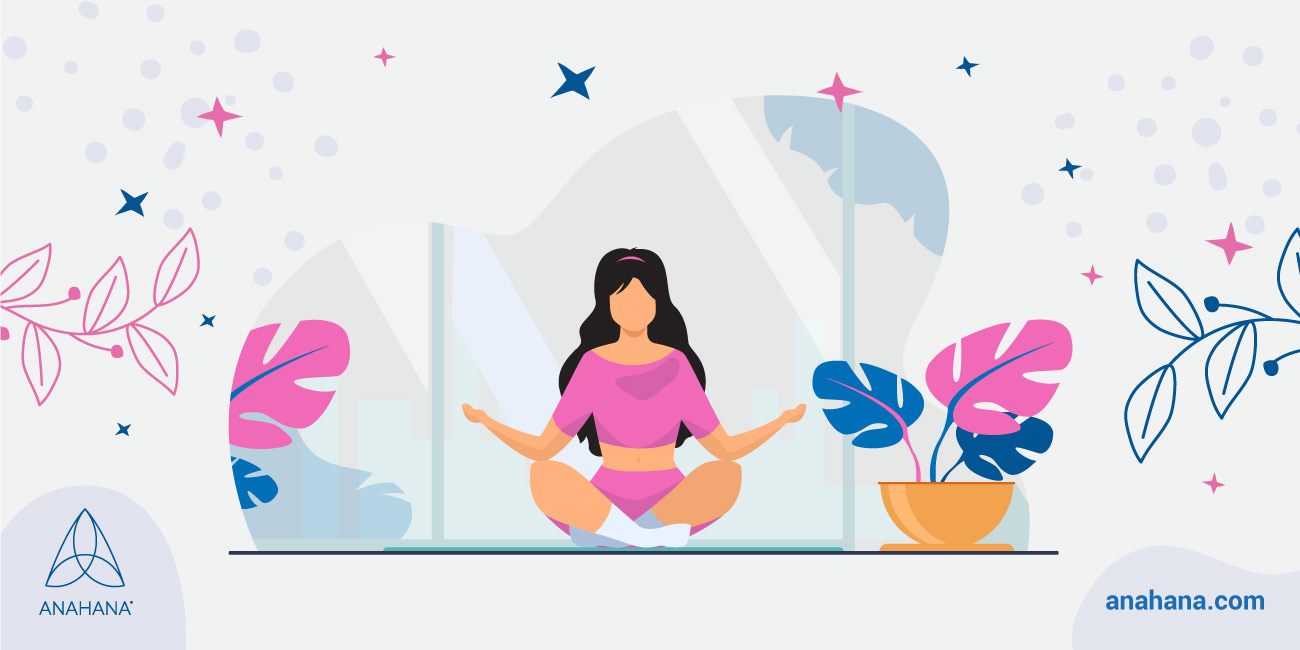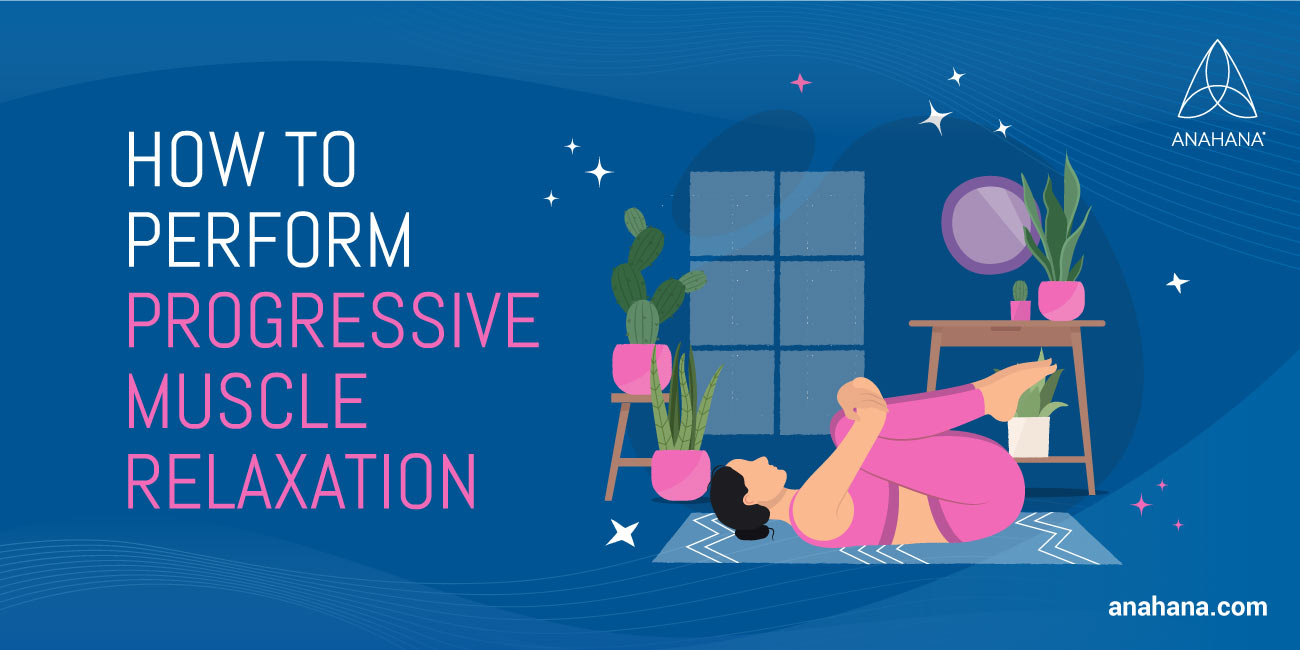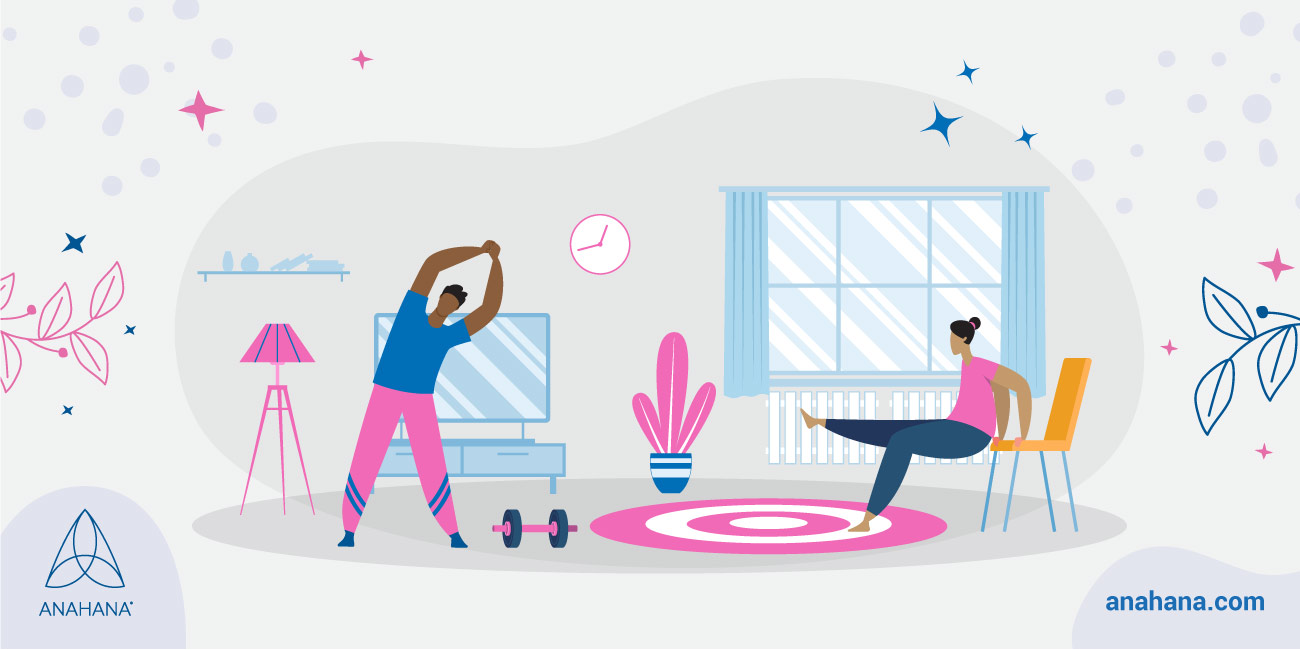
Table of Contents
Progressive muscle relaxation, or PMR, is a relaxation exercise that helps to achieve a deep state of relaxation.
Key Takeaways
- Definition: PMR is a deep relaxation technique involving tensing and relaxing one muscle group at a time.
- History: Developed by Edmund Jacobson in the 1920s for managing generalized anxiety disorder.
- Benefits: Provides pain relief, helps with sleep disorders and chronic pain, and promotes physical relaxation.
- Practice: Involves practicing progressive muscle relaxation by tensing muscles for five seconds, then relaxing for five seconds to feel how a relaxed muscle feels.
- Usage: Suitable for various individuals, including those with limited mobility.
- Guidance: A mental health professional can assist in practicing PMR.
What is progressive muscle relaxation?
PMR is done by systematically tensing and relaxing the muscles. When performed correctly, progressive muscle relaxation effectively reduces stress levels and promotes better sleep.
Of the many relaxation techniques, PMR is suitable for beginners since it is relatively simple to learn and perform. For older adults, children, and those with limited mobility, progressive muscle relaxation is safe, as a person can practice PMR anywhere and anytime.
Other mind-body practices such as Yoga Nidra, breathing exercises, Tai Chi, and Qigong include aspects of PMR and work with the original progressive muscle relaxation routine.
The initial development of the technique goes back over 100 years to Edmund Jacobson, a physician specializing in the mind-body connection. He discovered progressive muscle relaxation helped the patients with stress management and anxiety.
Edmund Jacobson
Edmund Jacobson, a physician, and researcher developed the progressive muscle relaxation technique in the 1920s as an anxiety coping mechanism. He discovered that people could achieve deep mind-body relaxation by tensing and relaxing different muscle groups.
Jacobson proved a connection between progressive muscle relaxation and the nervous system. He found that muscle tension activates the sympathetic nervous system, which is responsible for the "fight-or-flight" response. On the other hand, when muscles are relaxed, it activates the parasympathetic nervous system, which is responsible for the "rest-and-digest" response.
This connection is essential for understanding how progressive muscle relaxation works. The sympathetic and parasympathetic nervous systems effectively activate during the alternation between tension and relaxation. This helps to create a balance between the two, creating a state of deep relaxation.
Managing the fight-or-flight response is an essential skill in today's world. The progressive muscle relaxation technique can train the body to manage stress and anxiety better.
Uses of PMR
 There are many different ways that a person may use progressive muscle relaxation. Some people use it to reduce stress and mental relaxation, while others use PMR to promote better sleep. PMR can also have other health benefits, including helping to ease pain or tension headaches.
There are many different ways that a person may use progressive muscle relaxation. Some people use it to reduce stress and mental relaxation, while others use PMR to promote better sleep. PMR can also have other health benefits, including helping to ease pain or tension headaches.
Pain Management
PMR can reduce pain by helping to relax the muscles. When the muscles are relaxed, it relieves the pressure off nerves and can reduce pain levels. There can also be a reduction in the perception of muscle pain through progressive muscle relaxation.
Sleep Promotion and Insomnia
Progressive muscle relaxation promotes better quality sleep by helping to reduce stress levels. When the body is stressed and tense, it is more difficult to fall asleep. By reducing stress levels, progressive muscle relaxation can help improve sleep quality and help with falling asleep.
Tension Headache Relief
Tight muscles often cause tension headaches in the neck and shoulders. Progressive muscle relaxation can help relieve tension headaches by relaxing and loosening the muscles causing pain, such as the neck and shoulders.
Blood Pressure Reduction
High blood pressure is a common problem today. Relaxing the muscles can help reduce blood pressure. Because of that progressive muscle relaxation can be a helpful tool for someone with high blood pressure.
Other relaxation Techniques
Many different techniques can help relax the body and mind. These methods include deep breathing, meditation, yoga, and progressive muscle relaxation. While each technique can effectively reduce stress levels, progressive relaxation is often considered one of the most potent methods due to its ability to achieve a deep state of relaxation.
How to Perform Progressive Muscle Relaxation Therapy
 The first step in performing progressive muscle relaxation therapy is to find a comfortable position in a quiet space free of distractions, either sitting or lying down. Ensure that the spine is straight and the muscles are not tense. Once in a comfortable position, take a few deep breaths and focus on clearing the mind.
The first step in performing progressive muscle relaxation therapy is to find a comfortable position in a quiet space free of distractions, either sitting or lying down. Ensure that the spine is straight and the muscles are not tense. Once in a comfortable position, take a few deep breaths and focus on clearing the mind.
Begin tensing and relaxing the muscles. Start with the feet muscles and work the way up to the muscles in the face. For each muscle group, tense the muscles as much as possible for a count of five, and then relax them completely for a count of five. It is essential to focus on the sensation of the muscle group relaxing.
Here is a list of the muscle groups to focus on:
- Feet
- Calves
- Thighs
- Hips
- Abdomen
- Chest
- Back
- Arms (starting with the hands and working up to the shoulders)
- Neck and jaw
- Face (including the eyes, forehead, and cheeks)
Once all the muscle groups are covered, take a deep breath and allow the body to feel heavy and relaxed. Perform progressive muscle relaxation for at least five minutes. For beginners, it is important to be aware that getting used to this practice might take a few attempts, but with time, it is possible to achieve a deep state of relaxation.
People Also Ask About Progressive Muscle Relaxation
How often should someone practice progressive muscle relaxation?
One should practice progressive muscle relaxation approximately twice a day to see the benefits of PMR.
Does progressive muscle relaxation help with anxiety?
Yes, progressive muscle relaxation can help to reduce anxiety. It works by inducing a deep state of relaxation, which helps combat stress's effects.
How long does progressive muscle relaxation take to work?
The effects of progressive muscle relaxation can be felt immediately. However, it is best to practice for at least five minutes to achieve a deep state of relaxation. Longer sessions will provide more lasting effects.
References
https://www.healthline.com/health/progressive-muscle-relaxation
https://www.verywellmind.com/how-do-i-practice-progressive-muscle-relaxation-3024400
https://www.webmd.com/sleep-disorders/muscle-relaxation-for-stress-insomnia
https://www.hamiltonhealthsciences.ca/share/progressive-muscle-relaxation/

By: Anahana
The Anahana team of researchers, writers, topic experts, and computer scientists come together worldwide to create educational and practical wellbeing articles, courses, and technology. Experienced professionals in mental and physical health, meditation, yoga, pilates, and many other fields collaborate to make complex topics easy to understand. Anahana is also home to specialists in crystals, tarot, angel numbers, astrology, life path numbers, zodiac signs, and horoscopes. By combining evidence-based wellness with spiritual and energetic practices, the team offers clear, trustworthy guidance for both mind-body health and modern spirituality.
